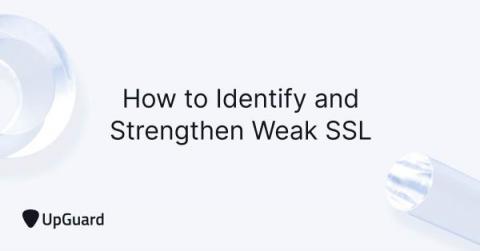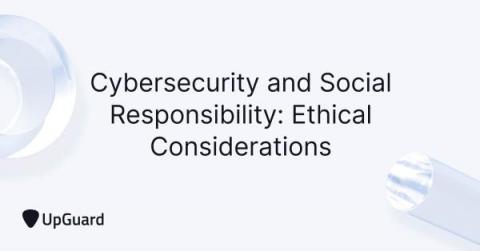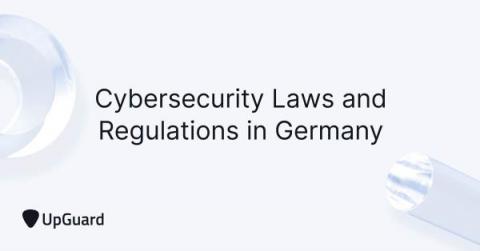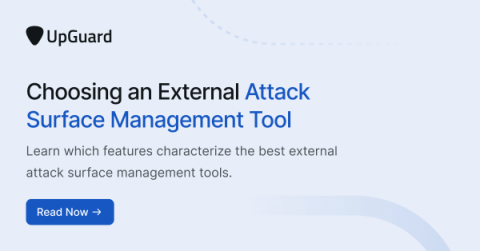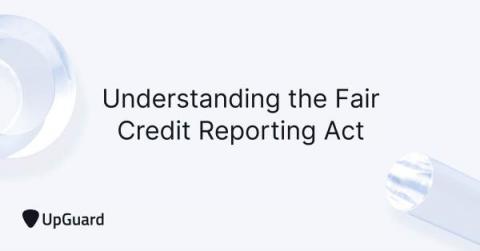How to Identify and Strengthen Weak SSL
Your website or application must be set up within communications networks in order to be accessible to users. Each connection point to an external environment is a possible attack vector that makes up your attack surface. In order to encrypt traffic between your site and your users, you can set your system up with an SSL certificate that uses SSL/TLS protocols to secure traffic.


